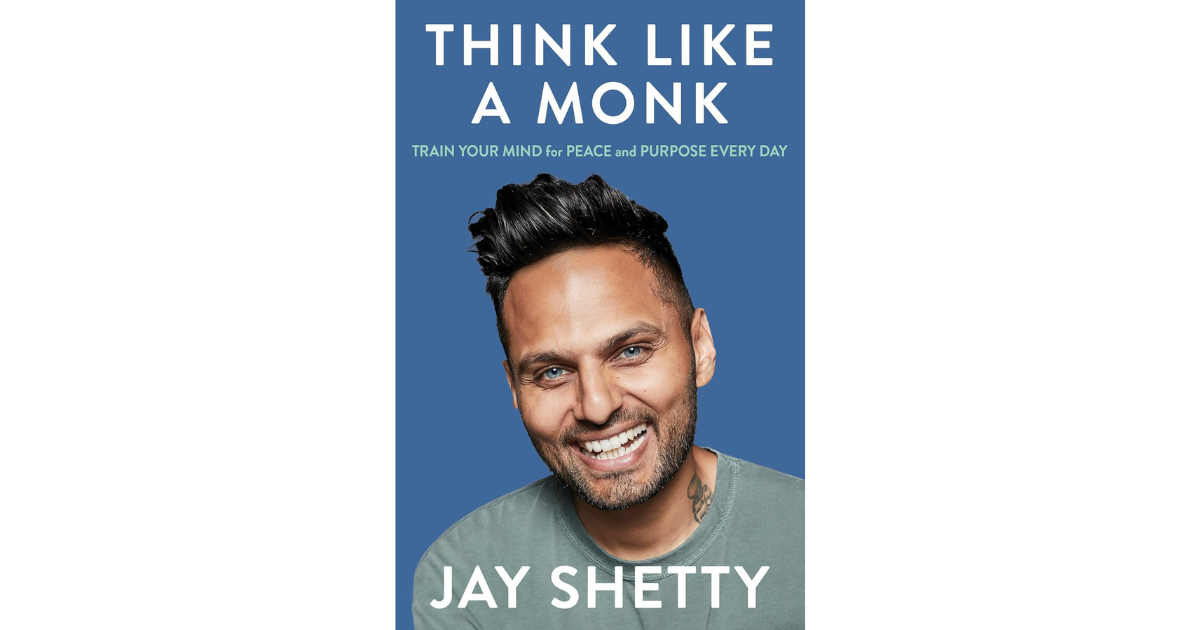How to Reinvent Your Online Personal Brand
New year, new social media goals for your personal brands? If you’re reinventing yourself online try these 5 tips.
Every week, I publish a new YouTube and podcast episode. I post a new blog on my personal brand website, LinkedIn and other platforms. What most people who only know this version of me find hard to believe is how much I used to dislike using social media for my personal brand.
I first started working in marketing 15 years ago. My career progressed right alongside the rise of social media. I’ve led social media teams, yet I was always among the late majority to adopt using social media for my own personal brand. The last thing I wanted to do was show up online in my spare time. But it was more than that. To a degree, I worried about people knowing more about me and what they might think. It was much easier to be too cool for social media, and look down on the people leveraging it for all its value, than to show up online myself.
In Courage is Calling, Ryan Holiday says:
"The paradox of course is that almost everything new, everything impressive, everything right, was done over the loud objections of the status quo. Most of what is beloved now was looked down on at the time of its creation or adoption by people who now pretend that never happened.”
If you’ve been thinking about building a personal brand online or perhaps reluctantly understand the necessity, try these tips:
1. Rename yourself online for personal brand flair
One of the best parts of social media is the creative license it gives you.
Instead of using your full name, your online personal brand name can come in several forms. Your name can also be ‘repackaged’ to better align with your personal brand vision or to help you maintain your privacy.
Generic names can be made unique. Overly complex names can be simplified. Like Catherine Kaputa shares in her book You Are A Brand, here are just some ways to approach a name change:
Use your middle name as your brand, e.g. Angelina Jolie Voight became Angelina Jolie (meaning pretty in French).
Use a quirky nickname, e.g. Mr Beast
Use your middle name, e.g. Sarah Jessica Parker
Use a double-barrelled last name, e.g. Catherine Zeta-Jones
Use initials, e.g. J.K Rowling
Spell common names in an uncommon way
Hang your hat on one name, e.g. Oprah
Modify to add flair or a foreign accent
Simplify your name, e.g. Jennifer Anistonopolous became Jennifer Aniston
Totally make it up if that’s your preference
As I’ve shared on this blog before, psychology tells us an alter ego can supercharge your performance.
Researchers worked with three groups of children. Those who were referring to themselves in the first person performed the worst. The second group, who referred to themselves in the second person, performed better. The third group, who associated their work with their favourite hard-working character, like Batman, for example, outperformed the rest. So, like Kobe Bryant had his Black Mumba atler ego, what’s your alter ego online? Who is it that comes out when you’re ready to show up on social media?
2. Rename yourself for added privacy
To add to Kaputa’s suggestions, for names that add to privacy online, I often observe creators using:
First and middle names only
First names with a unique personal brand association or expertise attached to it, e.g. Sadie Psychology
Entirely made-up personas, e.g. Mr Beast
Privacy should always be at the forefront of your mind for your social media presence. Always consider the tiny details of what you share and don’t share to protect your safety, well-being or anything else you don’t want people to know. But, if your personal privacy is of particular concern, instead of signing your name to your social media pursuits, rename your public personal brand with your privacy in mind. It may even help you show up online with a renewed sense of confidence.
3. Build your personal brand in silence
What would you share online if you weren’t worried about what your friends, peers from high school or former colleagues would think?
There is no law stating that with each social media account you create, you must send out an announcement to all your friends and family about it. Social media platforms naturally encourage this as part of their onboarding processes, but what if you rethought this step? What if you started a new account or started over? What would you do if you weren’t worried and simply put content out into the universe to find your people worldwide?
Your friends and family likely care less about what you do online than you might think. The term ‘spotlight effect’ was first coined by psychologists Thomas Gilovich, Victoria Husted Medvec and Kenneth Savitsky. The spotlight effect is the belief that you are the centre of attention of others when you’re not. It’s an overestimation of how much others are observing and thinking about you.
As the saying goes:
“When you build in silence, they don’t know what to attack.”
4. Create a faceless personal brand
Faceless personal brands are sweeping social media by storm. YouTube channels with millions of subscribers feature relatable personalities who never show their faces on camera. Yet, they build a personal connection with their audiences. Just some of the ways a savvy faceless personal brand might create inconspicuously include:
Creative cropping
Use of voiceovers instead of talking head style videos with a piece to the camera
An anonymous pen name
Audio-only podcast
The atmosphere you create, the stories you convey and the overall tone of your personal brand when done well can say more than your face could.
5. Create a portfolio of personal brands
The best thing about your personal brand strategy, as opposed to corporate brands, is that you can hyper-personalise it to yourself. You can create your own rules. When I first started working in personal branding, I excessively pondered which social platforms I would use and how. I’ve now realised that everything is an experiment. And you don’t have to sign your name to everything in the same way.
According to Hootsuite’s 2025 social media trends, we should expect to see brands start to stray from brand consistency into pushing creative boundaries. For nearly half of organisations, more than 60% of content is to educate, inform and entertain without any direct promotion. And for a quarter of organisations, 80%-100% of content is entertainment-driven. Brands are testing personalities and voices on platforms that are distinct from other marketing channels, so why can’t you personalise your personal brand, too?
Approaching your social media presence like a portfolio gives you the creative freedom to explore multiple ideas, aspects of your personality or interests. One social media platform may serve a certain purpose in your personal brand portfolio. Another platform might serve a different purpose. Collectively, some platforms might fall under a particular brand in your personal brand remit, while others group together in a different way.
You might have a professional personal brand focused on sharing your expertise, professional pursuits and educating in your industry. Within your personal brand portfolio, you may also have a lifestyle brand, where you share your interests, hobbies, travel, etc, without diluting the messages of your professional personal brand.
In his book, The Art of Work, Jeff Goins describes the concept of a ‘portfolio life’. This is not being attached to a single title or role but rather acknowledging that it all forms a portfolio - a new form of mastery.




